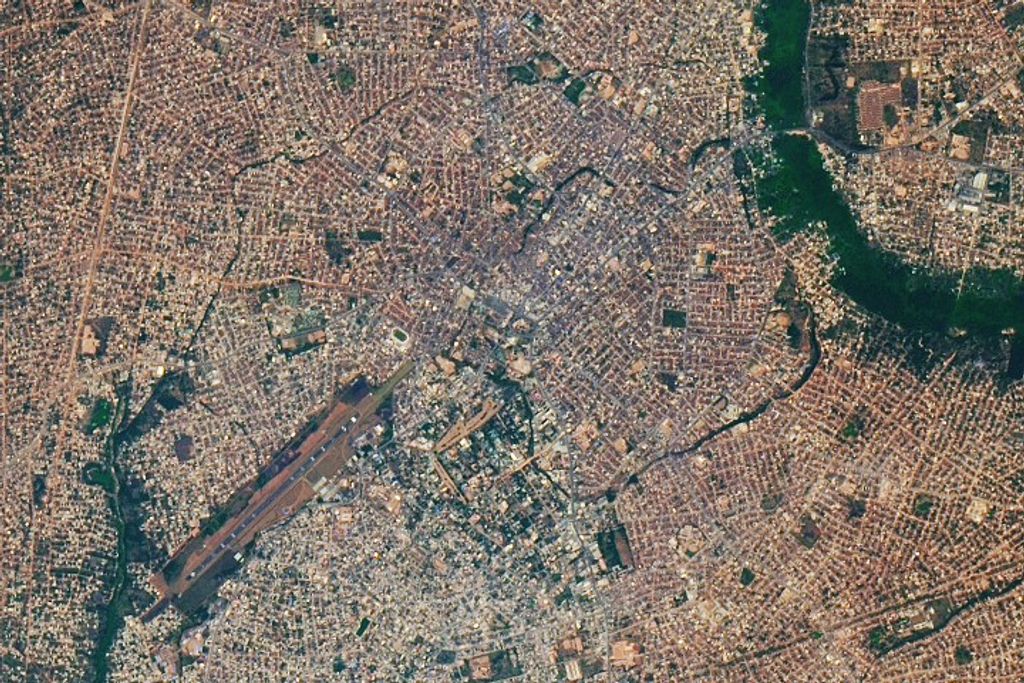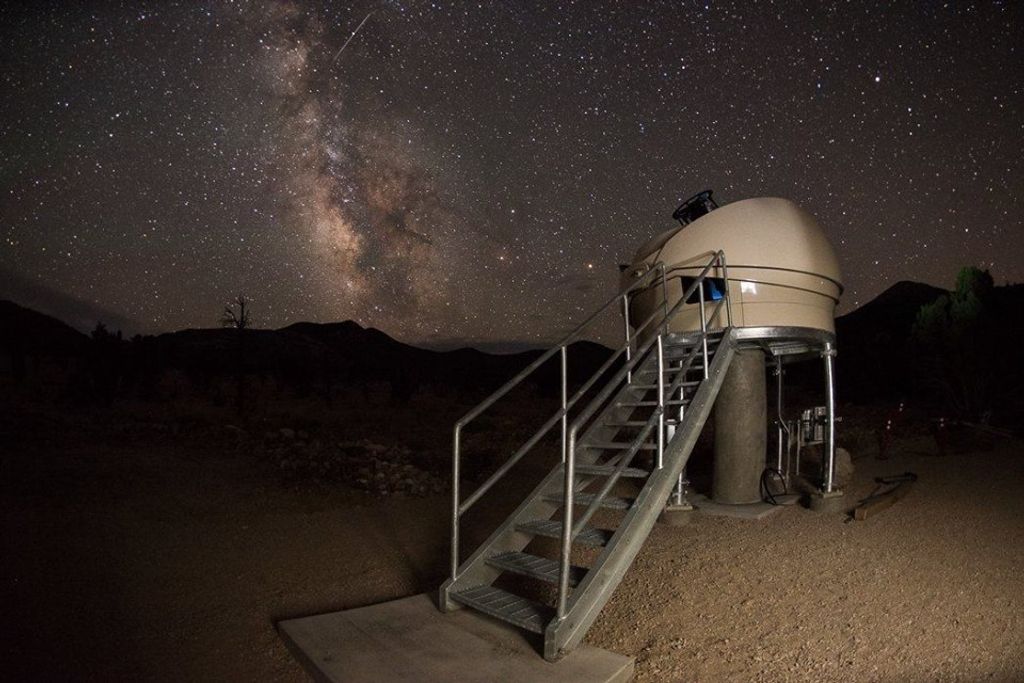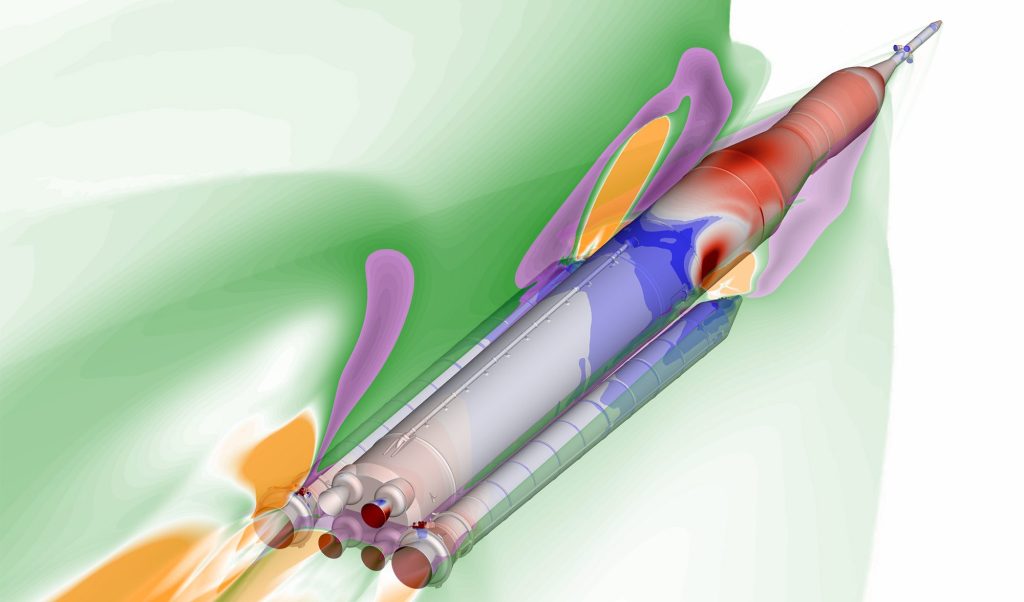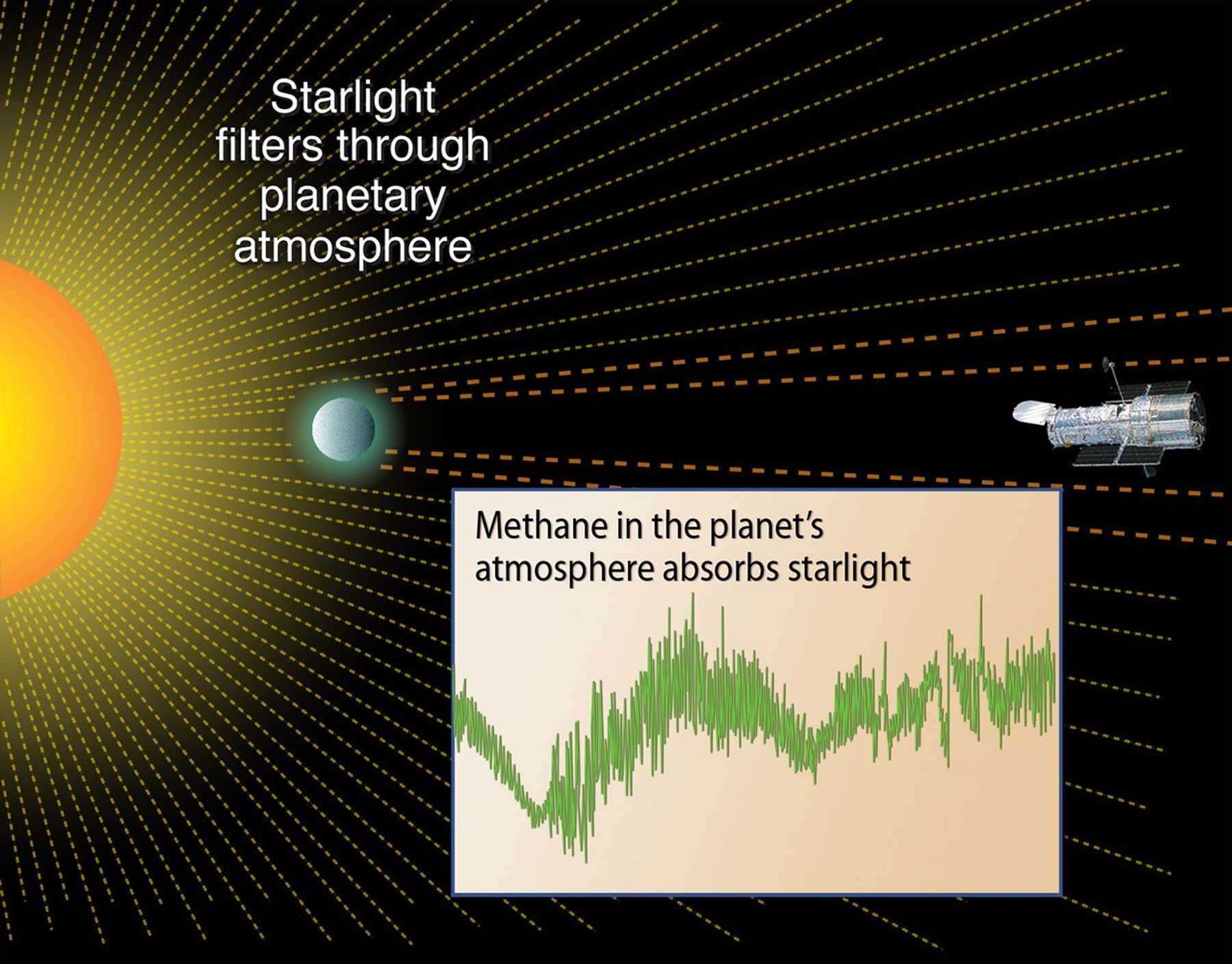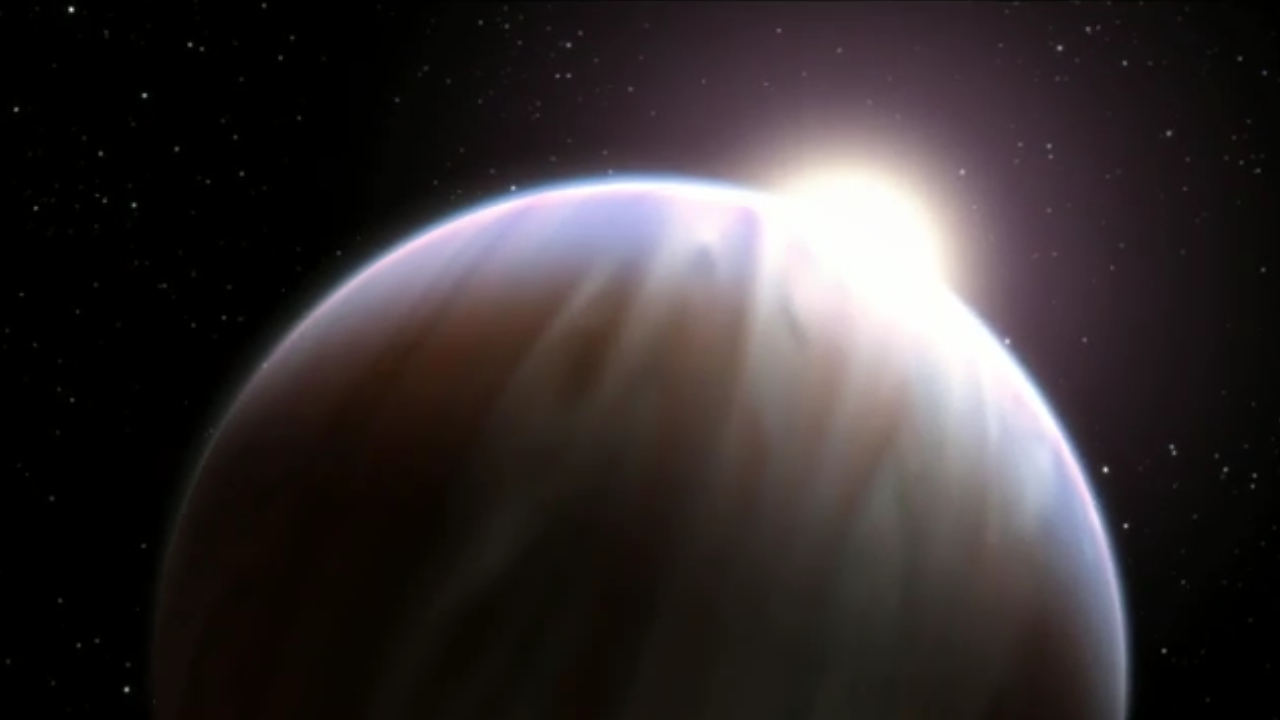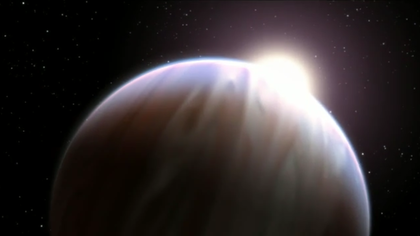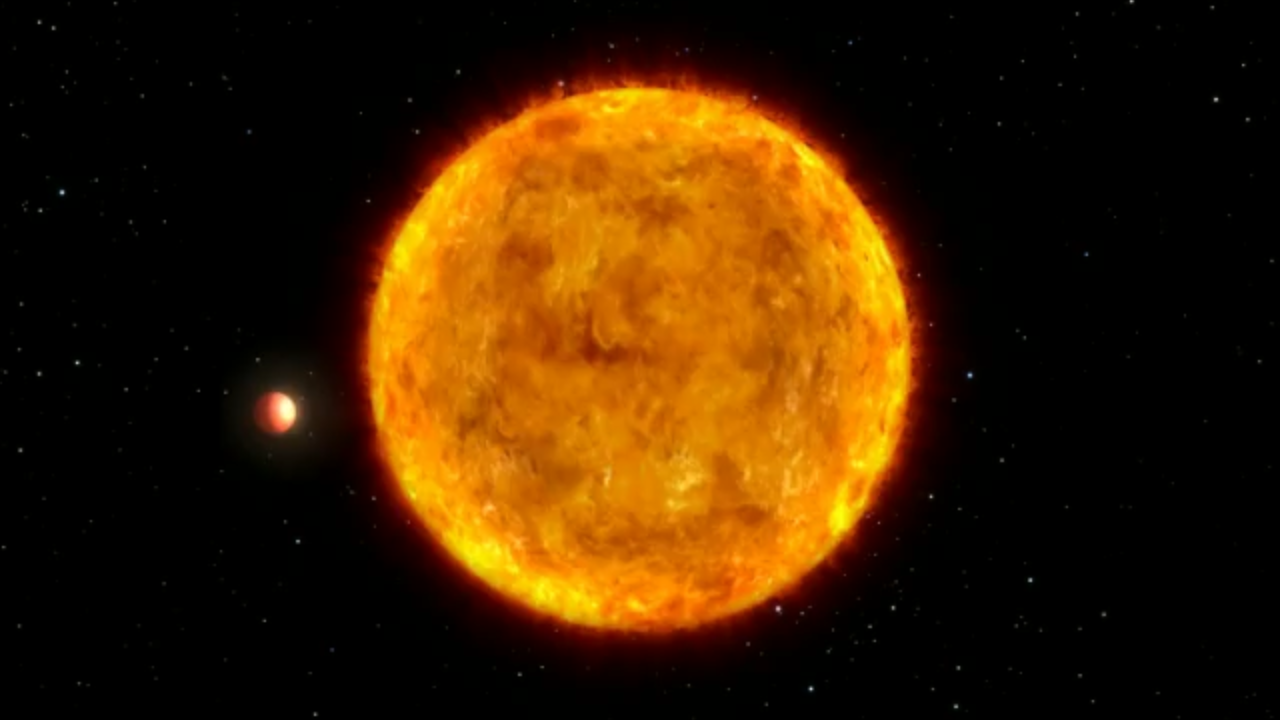1 min read
Prism Animation
Spectroscopy splits light into its components to reveal the "fingerprints" of various chemicals.
Extensive observations were made with Hubble's Near Infrared Camera and Multi-Object Spectrometer (NICMOS) as planet HD 189733b passed in front of its parent star in what astronomers call a transit. As the light from the star passed briefly through the atmosphere along the edge of the planet, the gases in the atmosphere imprinted their unique signatures on the starlight from the star HD 189733.
- Release DateMarch 19, 2008
- Science ReleaseHubble Finds First Organic Molecule on an Exoplanet
- Credit
Related Images & Videos

Artist's View of Extrasolar Planet HD 189733b
This illustration depicts the extrasolar planet HD 189733b with its parent star peeking above its top edge. Astronomers used the Hubble Space Telescope to detect methane and water vapor in the Jupiter-size planet's atmosphere. They made the finding by studying how light from the...

Hubble Finds Building Block of Life on an Extrasolar Planet
The search for life outside of our solar system takes another important step. Detecting an organic molecule in an extrasolar, or XO, planet means that the building blocks of life do exist elsewhere in the universe. Researchers can't be sure how the methane ended up in the...
Share
Details
Claire Andreoli
NASA’s Goddard Space Flight Center
Greenbelt, Maryland
claire.andreoli@nasa.gov








